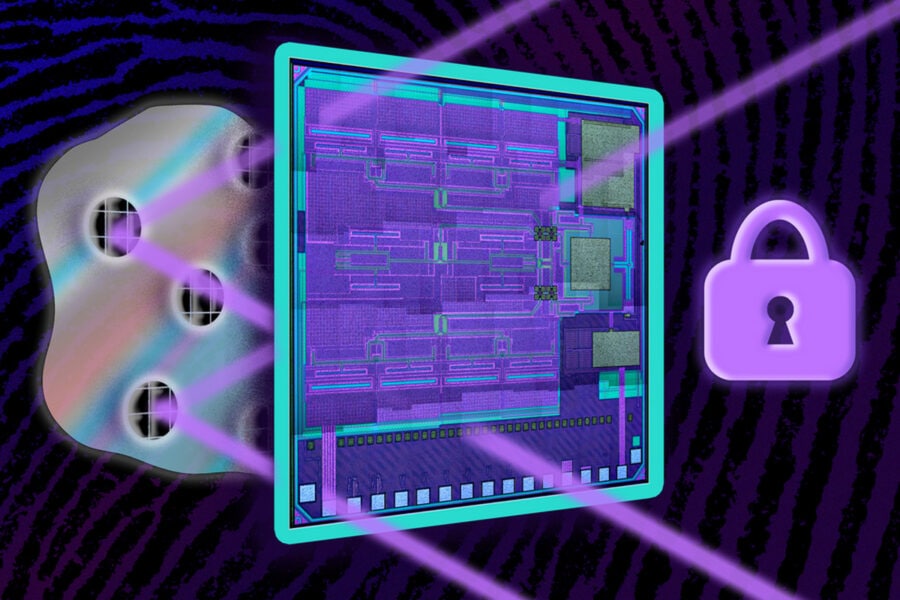Researchers from the Massachusetts Institute of Technology (MIT) have created a unique identification tag that guarantees high protection of goods from counterfeiting. This is stated in the report of MIT.
Experts have “rethought” the cryptographic identification tag that was created several years ago. It was much smaller and cheaper than traditional radio frequency identification tags (RFID).
The tag created at the time had the advantage of using terahertz waves and providing a better level of security than RFID.
But the cryptographic identification tag also had a vulnerability: it could be peeled off the genuine product and attached to a counterfeit. And the authentication system would not notice anything.
Now, MIT researchers have solved this problem. They have developed a counterfeit-proof identification tag that still has the advantages of being tiny, cheap, and secure.
The idea of the MIT experts is to mix microscopic metal particles with an adhesive that attaches the tag to the object. These particles reflect terahertz waves, which creates a unique print.
So if you peel off the tag and try to stick it back on, the pattern will be destroyed and the counterfeit will be detected.
The size of the new mark created at MIT is about 4 square millimeters. To compare the unique prints, the specialists used artificial intelligence technologies. In the end, they created a machine learning model that works with 99% accuracy.





Loading comments …